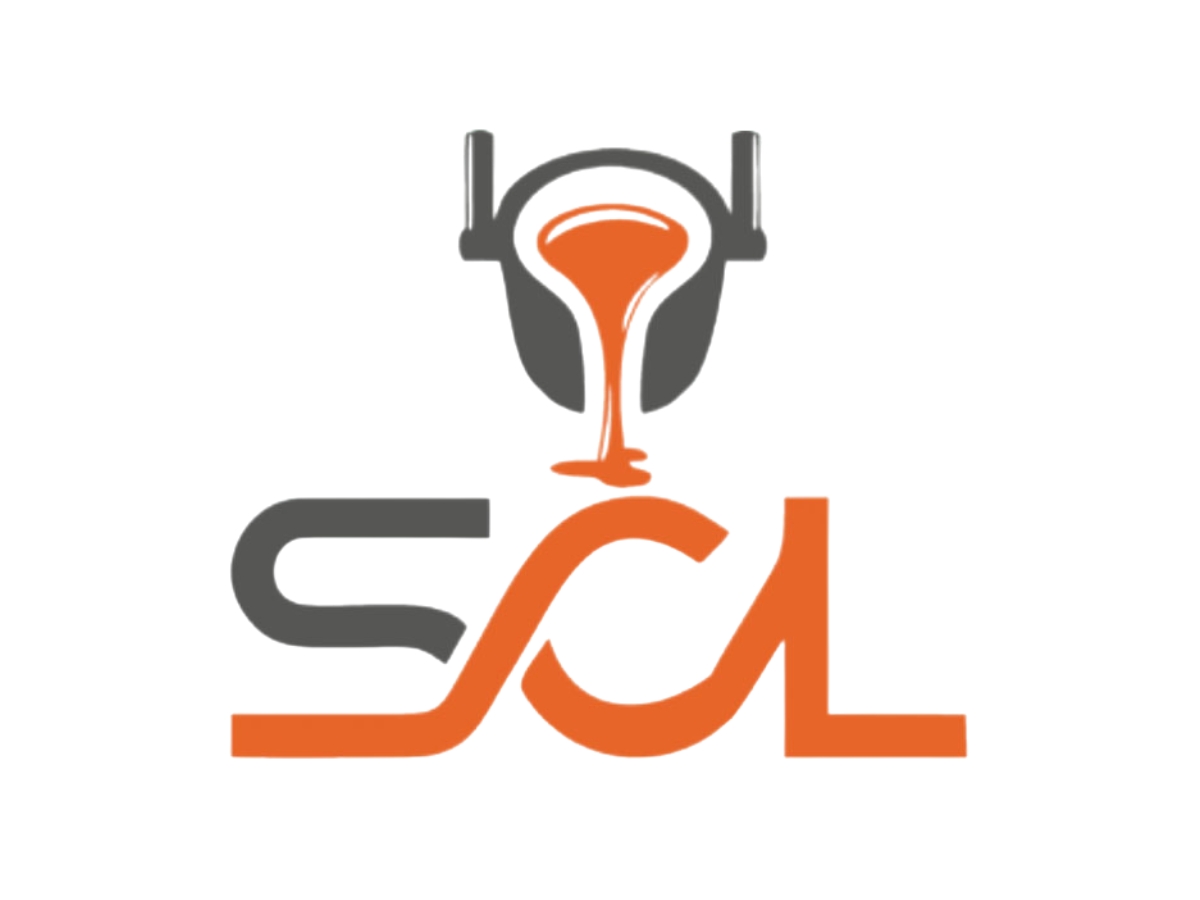New Delhi [India], September 3 (ANI): In a move that promises to redefine the Indian retail landscape, quick commerce companies are expected to drive their gross order value to USD 10 billion by FY26, according to a CLSA report.
This sector, marked by ultra-fast delivery and efficient last-mile operations, is rapidly disrupting the traditional food and grocery market in India, which is dominated by local small vendors controlling over 95 per cent of the USD 600 billion market.
The growth trajectory of quick commerce is underscored by key players such as Zomato’s Blinkit, Zepto, and Swiggy Instamart, which are set to reach USD 10 billion in gross order value by FY26.
CLSA stated, “We expect Zomato’s Blinkit, Zepto and Swiggy Instamart – the top three players – to reach USD 10 billion in gross order value by FY26 and surpass USD 78bn within a decade. Zomato’s Blinkit, Zepto and Swiggy Instamart are the top-three players and hold more than 90 per cent of market share by revenue, with smaller contributions from Big Basket’s BBNow and Flipkart.”
Over the next decade, this figure is projected to surge past USD 78 billion. Zomato, with its high-performing Blinkit, is poised to be the major beneficiary of this growth, while traditional players like Hindustan Unilever and Marico face considerable risks as their distribution advantages dwindle.
India’s rapid urbanisation and fragmented retail market have created a fertile ground for the quick commerce sector. The format’s ability to cut out middlemen and streamline the supply chain has positioned it as a viable alternative to local kiranas, which are often constrained by limited selection and lack of pricing transparency.
Quick commerce platforms offer a superior shopping experience with a broad selection of products, competitive pricing, and delivery times of 10-20 minutes.
With a total addressable market estimated at USD 662 billion as of FY24–accounting for 66 per cent of the total retail market–quick commerce is set to become a significant player in the industry. Assuming a 3 per cent net profit margin on gross order value, the sector could generate a profit pool of USD 2.3 billion within a decade, surpassing the entire organised retail industry’s current profit pool in India.
The scalability of quick commerce operations is crucial to its success. By optimising sourcing, warehousing, fulfilment management, and rider operations, companies can manage delivery costs effectively.
The sector’s expansion beyond food and groceries, into longtail SKUs and new services, is driving up average order values and improving unit economics.
CLSA stated, “Quick commerce already offers significantly higher product selection than any single kirana. In addition, quick commerce goes beyond the typical kirana assortment, offering items like basic apparel, electronics, stationery and even services like printing and food services.”
Quick commerce is also reshaping the retail supply chain by flattening distribution networks and increasing visibility for new brands. This shift poses a threat to established brands like Marico and Hindustan Unilever, whose distribution advantages are eroding in the face of this new competition.
For unlisted Zepto, the potential for growth remains significant as it establishes itself in the market. (ANI)
Disclaimer: This story is auto-generated from a syndicated feed of ANI; only the image & headline may have been reworked by News Services Division of World News Network Inc Ltd and Palghar News and Pune News and World News
HINDI, MARATHI, GUJARATI, TAMIL, TELUGU, BENGALI, KANNADA, ORIYA, PUNJABI, URDU, MALAYALAM
For more details and packages
















